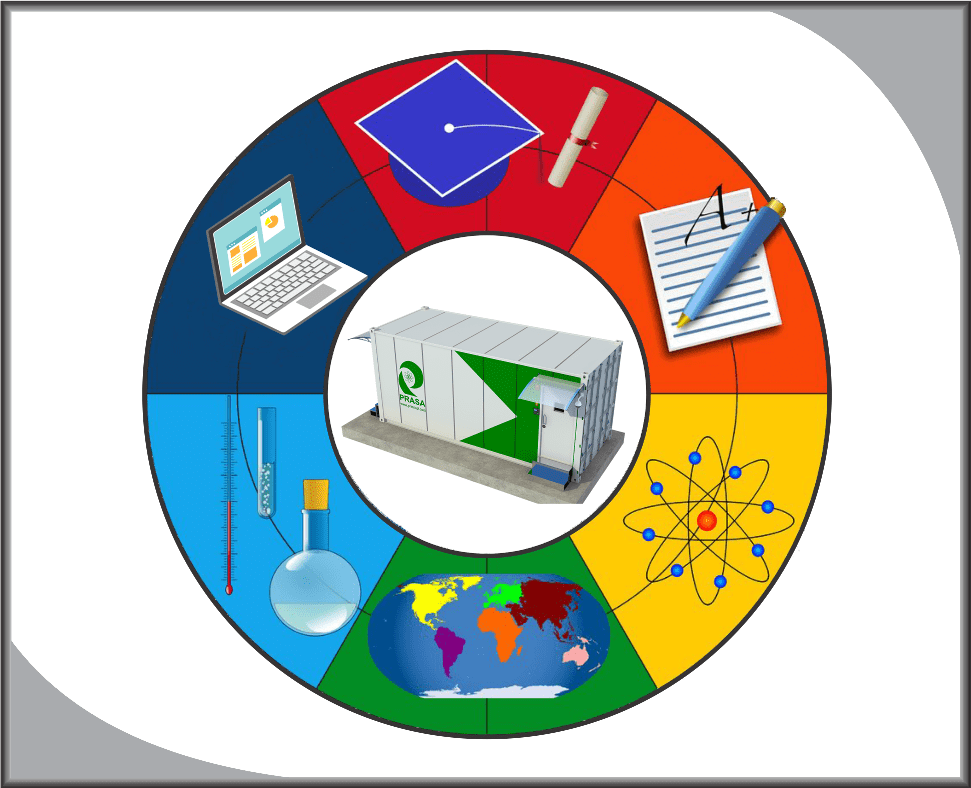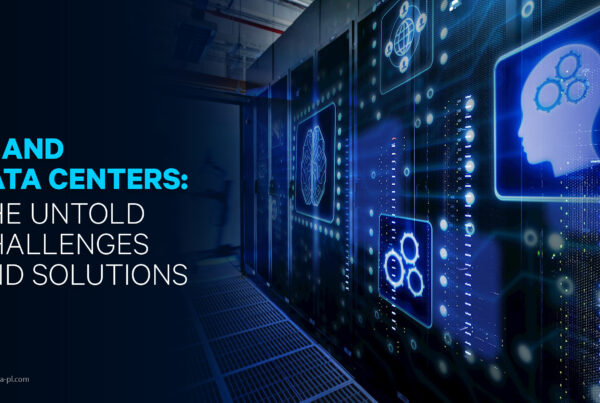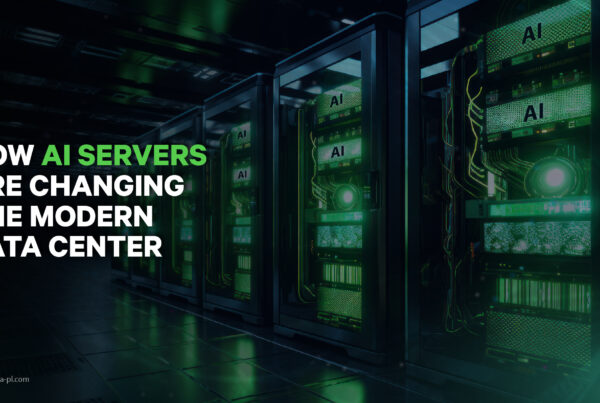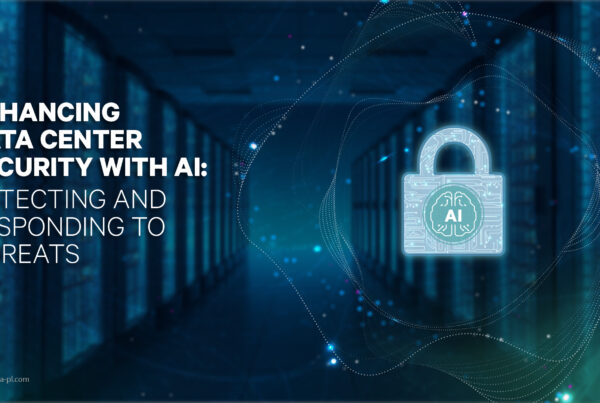Prasa Infocom blog has started a series of posts to examine the role of edge data centers in different industry verticals. With these posts, we aim to enunciate how edge computing will handle the growing demand from various industry sectors. We have already covered healthcare, banking, and manufacturing & industrials. In the current post, we will be talking about the impact of edge computing on the finance and banking industry.
Digital disruptions have permeated all aspects of our lives. Technology is no more about just one or two devices in our lives, but a string of devices connected to each other via a network (IoT devices). Technology in classrooms is also no longer limited to smart boards, but involves all stages of the education system, and brings about the adoption of modern IT technology, most of which can only be completely enabled by edge computing. Technology in classrooms has become the new normal as educators come up with new ways to use different technology and online resources & tools in education.
The market for education technology is expected to grow from USD 193 billion in 2016 to USD 586 billion in 2021 globally, according to Research and Markets. Most of this investment is expected to go in the deployment of network-based technology and connected devices which function smoothly with Edge Computing.
IoT devices and their sensors with their immense processing power have become an integral part of the education system. These devices enable you to take a class from Oxford from anywhere in the world. You can learn almost any skill or subject via YouTube. You can pursue a degree online and find tutors from all over the world with IoT devices. This has been made possible because edge data centers and content delivery networks have brought the data processing to the edge, thus, eliminating the buffering and making this form of learning feasible.
Educational institutes are widely adopting Augmented Reality (AR) and Virtual reality (VR), for creating immersive experiences like virtual field trips.AR/VR systems function by responding quickly to the visual stimuli and realistically projecting it into the student’s surroundings AR and VR have been proven to enhance pupils motor skills, thinking, and imaginative playing. Learning systems like Artificial Intelligence (AI) offer learning, testing, and feedback to students and also make customized curriculum possible by recognizing every student’s individual requirements.
These technologies work with the underlying principle of low latency and real-time processing, which is possible only with edge computing. Effective operation of these technologies is directly proportional to connectivity and networking capabilities. By storing the data locally on-site with edge data centers, educational institutes can efficiently use these technologies and provide a better learning experience.
Edge computing takes care of data privacy concerns as institutes will now be able to keep their data locally as opposed to sending it to a remote location. Edge computing is resilient to hardware failures, in a sense that it does not slow down or stop the functioning during instances of the drive fails and lost internet connectivity. Education like every other sector demands the computation of huge volumes of data in real-time would benefit from a networking paradigm that prioritizes speed. Edge data centers provide a scalable alternative for data processing which is a boon for the education industry. Edge data centers are also convenient as they can be managed from a remote location, which means a permanent IT person is not required at the campus and lower downtime for edge data centers.
There are different types of edge data centers available in the market that are being used by various educational institutes, the most popular among them being the Containerized data center.
Containerized Data Centers are the demand of the education industry as it accommodates Edge computing. They make sure that data security is pivotal and meet the urgency for handling critical data on-site and quickly. Containerized data centers keep the data at the premises or nearby for immediate use, without having to depend on a network, also unlike traditional data centers they need very little to no space, and consume very less power, making them very environmentally friendly. They are also very quick and easy to deploy.
If you want to know more about how a data center is a mission critical infrastructure in meeting the rising edge requirements of the education sector, or how having your own edge data center will facilitate the functioning of your industry, you can contact our experts at Prasa. We have been associated with the big names in this sector for quite some time now.
References
https://www.iotevolutionworld.com/fog/articles/439066-three-ways-edge-computing-impacting-education.htm





